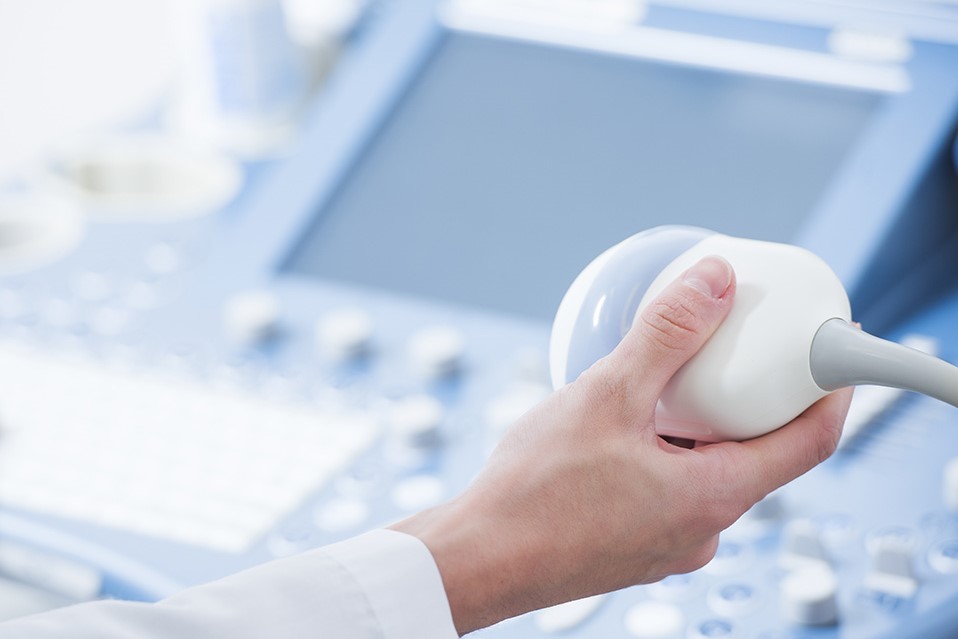
Transcranial Doppler: what it is and why it is performed
What is transcranial Doppler? It is an examination that, by analogy with Doppler and colour Doppler examinations, uses a probe that emits ultrasound
The probe is placed on the patient’s head at certain specific points that allow the exploration of the cerebral circulation.
What does Transcranial Doppler study?
Transcranial Doppler allows the assessment of blood circulation inside the brain.
Unlike Doppler and colour Doppler examinations of extracranial vessels, which assess blood flow to the brain, Transcranial Doppler assesses blood circulation in the brain.
Does transcranial Doppler replace the study of the supra-aortic trunks?
No. The transcranial Doppler is a complement to the examination of the supra-aortic vessels that allows us to understand the state of circulation in the brain and whether and how it has compensated for circulatory disturbances caused by diseases of the supra-aortic vessels.
Therefore, the intracranial study alone is not sufficient to recognise carotid artery problems and should be performed either during the epiaortic vessel Doppler examination or afterwards to get a complete assessment of the cerebral circulation.
What diseases does transcranial Doppler study?
As it allows a good assessment of what is happening inside the brain, it is used to evaluate any small embolisms (microembolisms) that form almost continuously in some patients (e.g. in patients with mechanical cardiac prostheses; in patients with atherosclerotic carotid disease).
A very recent use is in subjects with cerebrovascular episodes in whom there is a strong suspicion that the disease originates from the heart (cardioembolic nature) in relation to the existence of blood flow from the right to the left sections.
These are usually young subjects in whom an atherosclerotic origin of the cerebrovascular disease can be excluded.
Transcranial Doppler examination is performed in these patients using an echocardiographic contrast agent that is administered intravenously.
This contrast medium causes a characteristic signal on ultrasound and Doppler examinations.
If there is communication between the venous and arterial circles in the heart (the most frequent being patency of the foramen ovale), the product passes directly from the veins to the arteries and is recognised in the intracranial circulation by transuranic Doppler after a few heartbeats.
If, on the other hand, there is no communication, the contrast agent has to make a long circuit and is recognised after a greater number of heartbeats.
Is transcranial Doppler dangerous?
No, using ultrasound the Transcranial Doppler is completely without effect on the patient.
It is therefore neither dangerous nor painful and does not require any specific preparation.
The use of ultrasound contrast medium is also completely harmless.
Read Also:
Emergency Live Even More…Live: Download The New Free App Of Your Newspaper For IOS And Android
Venous Thrombosis: From Symptoms To New Drugs
Heart Murmur: What Is It And What Are The Symptoms?
Tetralogy Of Fallot: Causes, Symptoms, Diagnosis, Treatment, Complications And Risks
Cardiopulmonary Resuscitation Manoeuvres: Management Of The LUCAS Chest Compressor
Echo Doppler: What It Is And What It Is For


